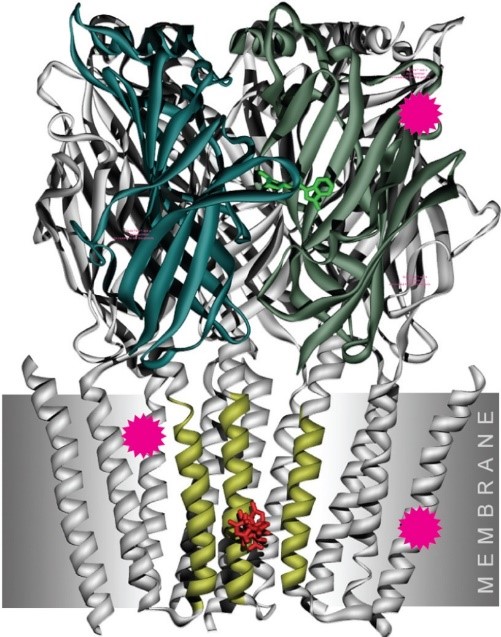- Home
-
Screening
- Ionic Screening Service
-
Ionic Screening Panel
- Ligand Gated Ion Channels
- Glycine Receptors
- 5-HT Receptors3
- Nicotinic Acetylcholine Receptors
- Ionotropic Glutamate-gated Receptors
- GABAa Receptors
- Cystic Fibrosis Transmembrane Conductance Regulators (CFTR)
- ATP gated P2X Channels
- Voltage-Gated Ion Channels
- Calcium Channels
- Chloride Channels
- Potassium Channels
- Sodium Channels
- ASICs
- TRP Channels
- Other Ion Channels
- Stable Cell Lines
- Cardiology
- Neurology
- Ophthalmology
-
Platform
-
Experiment Systems
- Xenopus Oocyte Screening Model
- Acute Isolated Cardiomyocytes
- Acute Dissociated Neurons
- Primary Cultured Neurons
- Cultured Neuronal Cell Lines
- iPSC-derived Cardiomyocytes/Neurons
- Acute/Cultured Organotypic Brain Slices
- Oxygen Glucose Deprivation Model
- 3D Cell Culture
- iPSC-derived Neurons
- Isolation and culture of neural stem/progenitor cells
- Animal Models
- Techinques
- Resource
- Equipment
-
Experiment Systems
- Order
- Careers
5-HT3 receptors
5-HT3 receptors are expressed throughout the central nervous system and peripheral nervous system and mediate a variety of physiological functions.

Fig. 1 5-HT3 receptor binding sites
Moreover, ligands that target the 5-HT3Rs are powerful therapeutic agents for the control and treatment of drug and alcohol dependence, schizophrenia, anxiety, and cognitive dysfunction, as well as chemotherapy-induced and post-operative nausea and vomiting.
Creative Bioarray offers access to screening services for the following ligand-gated channel targets:
5-HT3A (HTR3A)
Tissue-specific Location: CNS and GI tract.
Therapeutic Targets: nausea and irritable bowel syndrome.
5-HT3A/B (HTR3A/HTR3B)
Description: The human HTR3B gene encodes subunit B of the type 3 serotonin receptor. This protein forms penta-heteromeric complexes with the 5-HT3A protein that modulate and influence pore function.
Reference
- Lummis SCR. 5-HT 3 Receptors. J Biol Chem. 2012; 287: 40239–40245.
Related Products
- Overexpression Cell Line
| Catalog | Product Name | Gene Name | Species | Morphology | Price |
|---|---|---|---|---|---|
| ACC-RI0059 | Human HTR3A Stable Cell Line-HEK293 | HTR3A | Human | Epithelial | INQUIRY |
Related Section
- Ligand Gated Ion Channels
- Glycine Receptors
- Nicotinic Acetylcholine Receptors
- Ionotropic Glutamate-gated Receptors
- GABAa Receptors
- Cystic Fibrosis Transmembrane Conductance Regulators (CFTR)
- ATP gated P2X Channels
- Voltage-Gated Ion Channels
- Calcium Channels
- Chloride Channels
- Potassium Channels
- Sodium Channels
- ASICs
- TRP Channels
- Other Ion Channels
Inquiry

